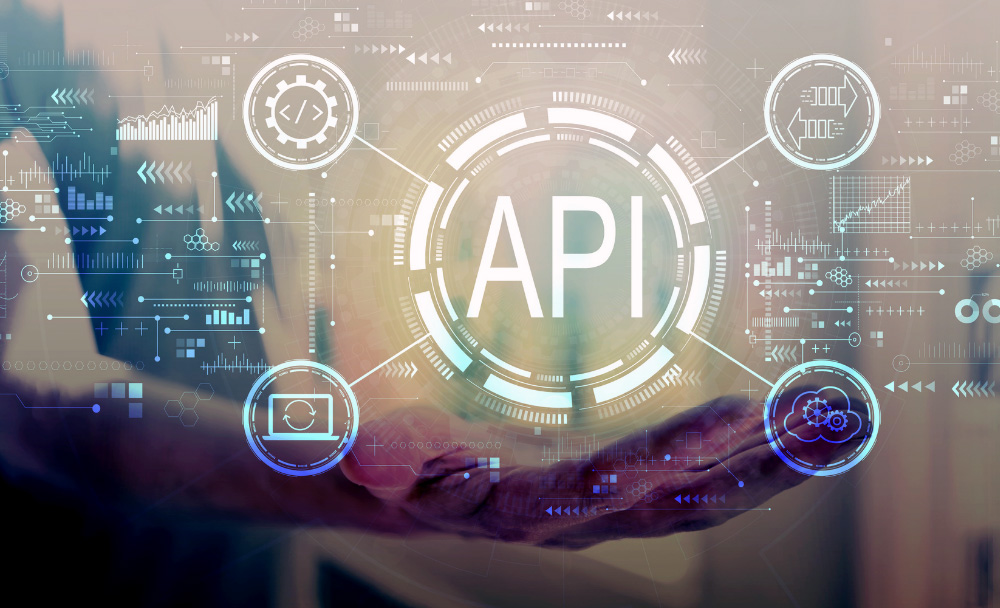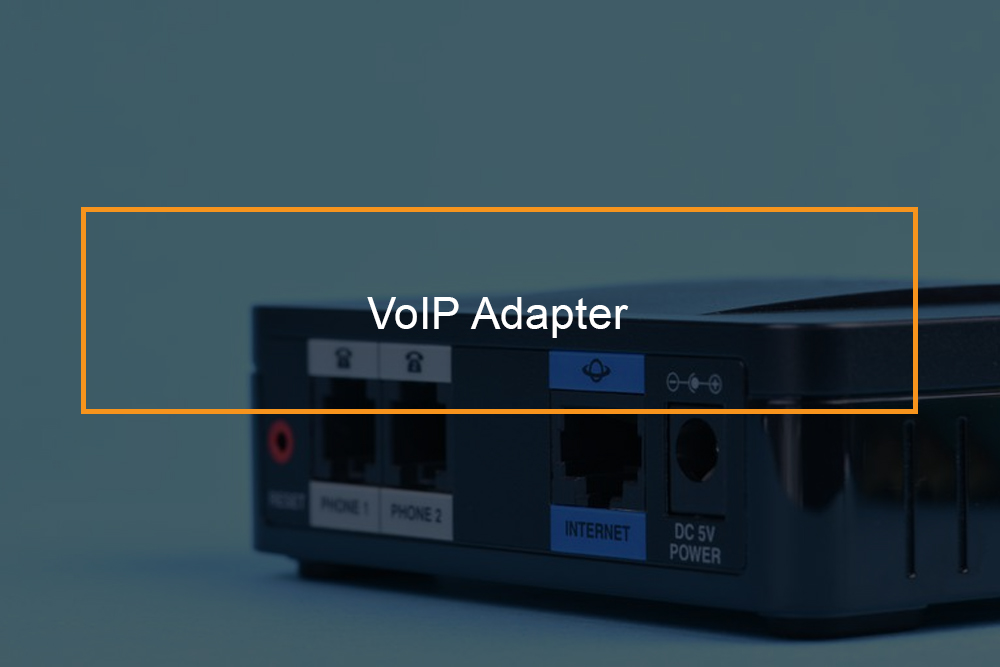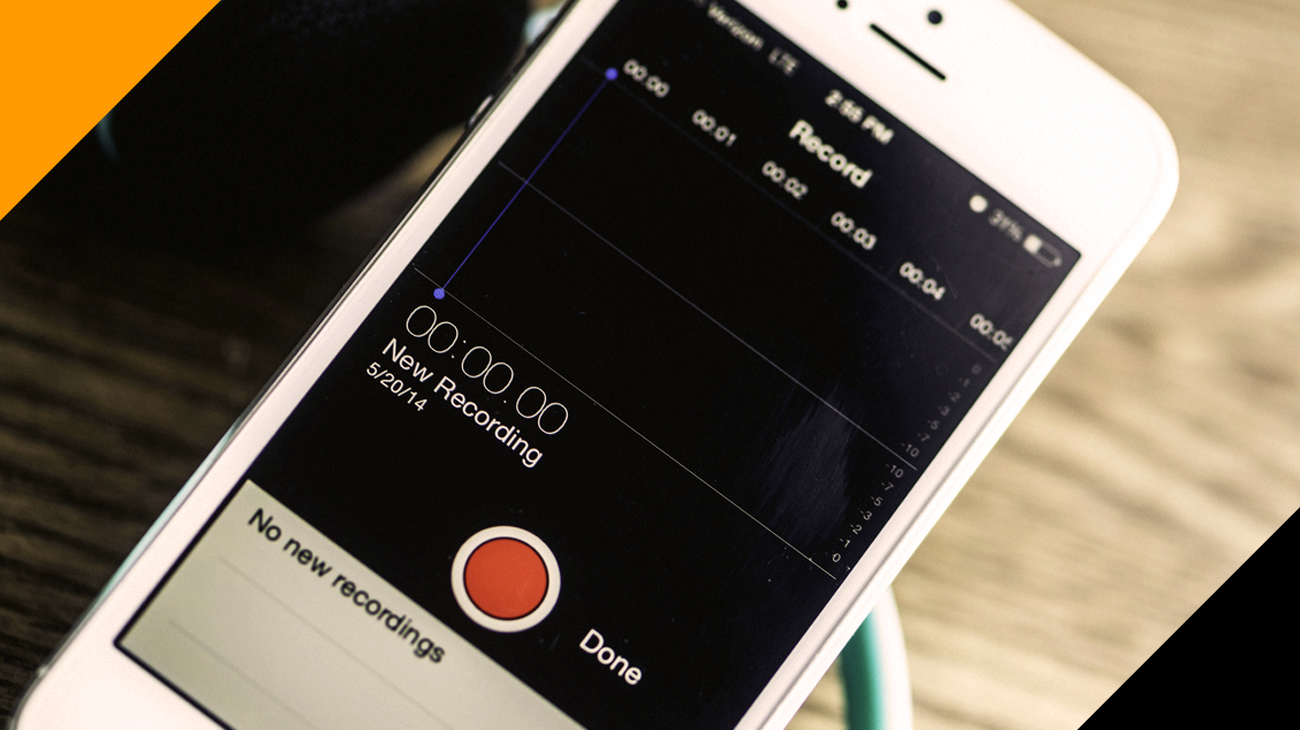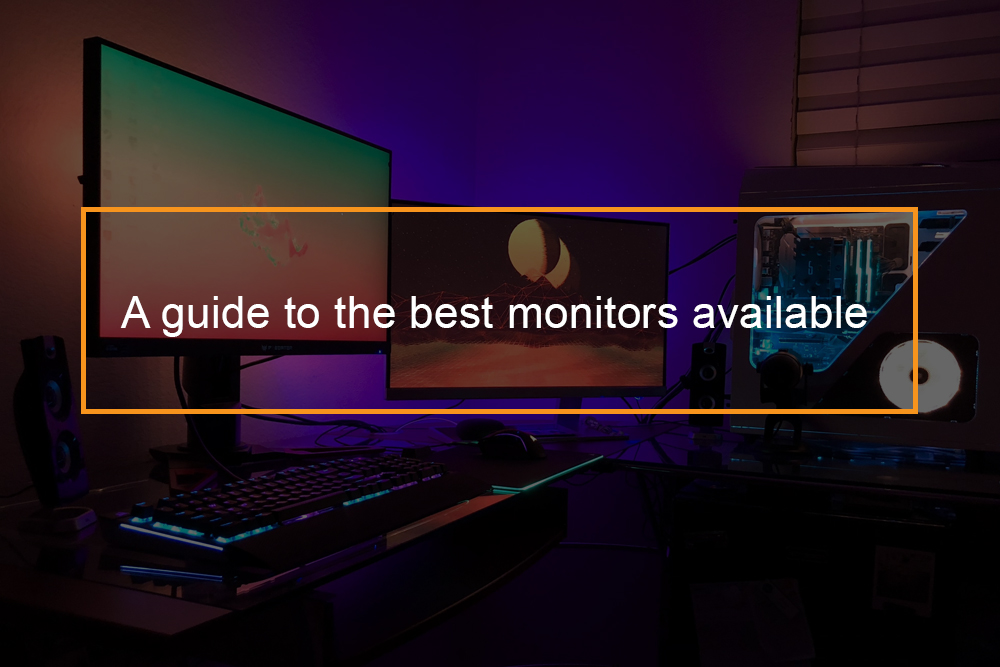
A thorough understanding of API testing enables the creation of a truly successful testing approach. Learn what API testing is and the many types of API tests in this tutorial to help you understand how to API test properly.
In this article:
- What Is API Testing?
- What Types of API Testing Can I Do?
- Manual Testing vs. Automated Testing
- How to Perform API Testing
- API Testing Tips for Beginners (SOAP & REST)
- API Testing Best Practices
- Top API Testing Tools (for Developers)
- FAQs
What Is API Testing?

API testing, at its most fundamental level, is meant to uncover bugs: inconsistencies or deviations from expected behavior. Continuous testing is also critical to ensuring that it continues to function properly once the public has access to it. The danger of releasing a defective and potentially unsecure product is greater than the cost of testing it.
API testing is among of the most difficult components of the software and QA testing chain because it is culpable for ensuring that our digital lives become increasingly seamless and efficient. While developers typically test only the features on which they are currently working, testers are responsible for evaluating both individual functionalities and a series or chain of functionalities in order to determine how they interact from beginning to end.
The following are some of the most frequently cited reasons for testing APIs:
- Ascertain that it performs as intended and that it is capable of handling the load.
- Determine all the ways in which users can cause havoc
- Ascertain that your APIs are compatible with a variety of devices, browsers, and operating systems.
- It can be costly to refrain.
Increased focus on API testing results in a significantly healthier end product. By ensuring that all data access (read and write) occurs exclusively via the API, security and compliance testing, and hence certification, are greatly simplified, as there is only one interface. Assuring that the API provides complete functionality enables the program to be easily expanded in the future as new business requirements arise.
What Types of API Testing Can I Do?
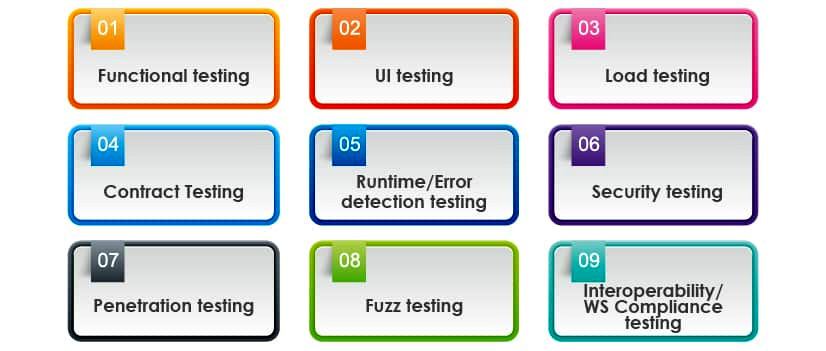
- Functionality testing — ensuring that the API functions as intended.
- Reliability testing — ensuring that the API can be linked consistently and produce consistent results.
- Load testing — to ensure that the API can handle a high volume of calls
- Testing for creativity — the API is capable of being utilized in a variety of ways.
- Security testing – the API has specified security criteria for authentication, permissions, and access controls. Consider the following API security techniques for safeguarding critical data.
- Proficiency testing – the API expands the capabilities of developers.
- API documentation testing – also known as discovery testing, the API documentation assists the user in navigating the API.
- Negative testing – ensuring that no incorrect input is supplied by the user
Manual Testing vs. Automated Testing

What is the distinction between automated and manual testing? While automated testing needs the usage of a testing tool such as SoapUI, manual testing requires you to write your own code to test the API. API testing is a highly suggested area for automated testing, especially in the context of DevOps, agile development, and continuous delivery cycles.
When completing the following tests, you should conduct them manually:
- Exploratory testing
- Usability testing
- Ad-hoc testing
Automated testing should be used for the following purposes:
- API functional testing
- Dynamic testing
- Repeated test design
- Analyzing your functional test coverage to know what you’re missing
- Performance testing
- Testing protocols in a single, unified framework
- Data driven testing
- Load testing
- Error testing
- Testing in multiple languages
- Regression testing
Of course, automated API testing can be used in a variety of other situations, most notably when speed is of the essence. Additionally, API testing automation enables you to test concurrently with development. API usability testing should remain a manual testing priority, with the goal of improving the developer experience. If you’re searching for a simple and quick manual testing experience, check out Swagger Inspector, a new tool from our friends at Swagger. It’s an incredibly simple-to-use testing tool that you can access directly from your browser.
How to Perform API Testing
Various Types of API Tests – Where, Why, and How
The best approach to API testing is to start testing small and create a strong testing strategy from the ground up. To this purpose, following Martin Fowler’s testing pyramid is an excellent way to develop a test strategy. The pyramid technique proposes that you layer a diverse set of API tests (e.g. contract, scenario, and performance) on top of a solid base of unit and UI tests. API testing enable you to test application logic at a level not possible with unit tests.
These two methodologies for testing are complementary. Early testing at the application’s lowest levels enables you to “fail fast and fail often,” discovering faults at their source rather than later in the SDLC. While unit testing is critical, we are currently focusing on API testing. How do you conduct API testing? What types of tests are possible? Why are they necessary? How am I to conduct API testing? The following discuss the various types of API testing, as well as where, why, and how they might be used.

Contract Tests
A contract between two or more programs is represented by an API. The contract specifies how the interface should be used, which services are available, and how they should be invoked. This contract is critical because it establishes a framework for communication. If there is a problem with the contract, nothing else matters.
The simplest and most fundamental sort of API test is contract testing, which verifies the service contract (Swagger, PACT, WSDL, or RAML). This type of test verifies that the contract is properly constructed and is consumable by a client. This test is tailored in such a way that it generates a sequence of tests that parse the contract and validate the following.
- The service contract is written in accordance with the specified terms and conditions.
- Semantically correct message request and answer (schema validation).
- The endpoint (HTTP, MQ/JMS Topic/Queue, and so on) is legitimate.
The service agreement has remained unchanged. Consider these your initial “smoke tests.” If these tests are unsuccessful, there is little need to continue testing this particular service. If these tests pass, you may proceed to testing the API’s actual functionality.
Component Tests
- Component tests function similarly to unit tests for the API. You wish to isolate each of the API’s methods. These tests are created by creating a test step for each method or resource exposed by the service contract.
- The simplest method for developing component tests is to consume the service contract and allow it to generate the customers.
- The answer is consistent with the anticipated baseline. This might manifest itself in two ways:
- Regression/difference – the answer payload is identical from call to call (a top down approach where you basically take a snapshot of the response and verify it every time). This can also serve as an excellent trigger for identifying API changes (more about that later).
- Assertion — the response’s distinct components conform to your expectations (this is a more surgical, bottom up approach targeted at a specific value in the response).
The service reacts in a timely manner. These are the most critical tests you may build because they will be used in all subsequent testing methodologies. Why recreate test cases when you can just refer to these particular API calls in future sorts of tests? This not only fosters uniformity, but also streamlines the API testing process.
Scenario Tests
When most people think about API testing, they think of scenario testing. This testing technique assembles the separate component tests into a sequence, similar to the Amazon service example above.
There are two excellent methods for acquiring the sequence:
- Examine the user story to determine which API calls are being made.
- Experiment with the UI and monitor the traffic to the underlying APIs.
Scenario testing enable you to determine whether faults may be introduced as a result of merging many data pieces. While assisting a customer, I came across an extremely intriguing case of this. They had accessed a customer’s financial information, available accounts, credit cards, and recent transactions through a number of services. Each of these API requests functioned independently, but when combined, they began to fail.
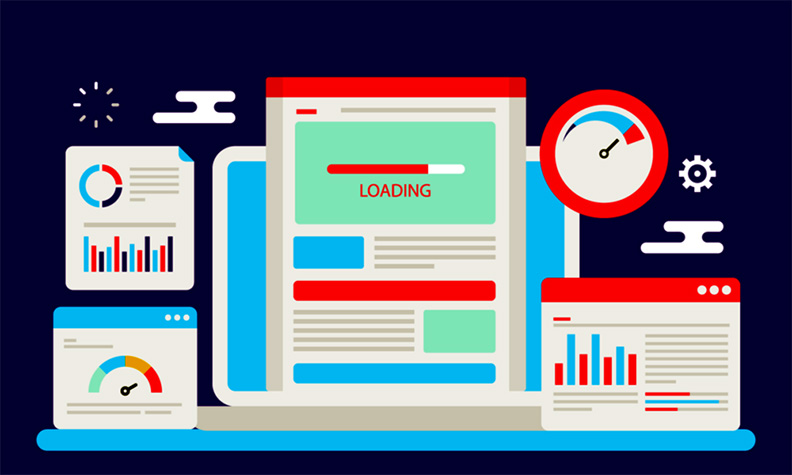
Performance Tests
Typically, performance testing occurs at the conclusion of the testing process, in a performance-specific test environment. This is because performance testing solutions are typically expensive, involve specialized skill sets, and are hardware and environment-specific.
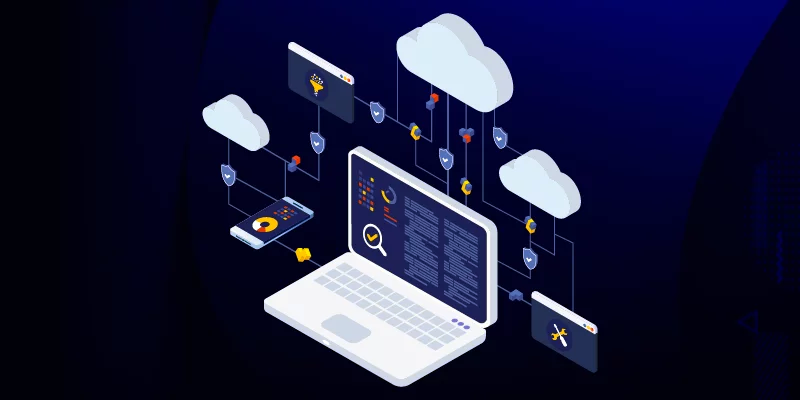
Security Tests
Security testing is critical for your organization’s stakeholders. If a security vulnerability is discovered and exploited, serious reputational damage and financial consequences might result. Just as a user may inadvertently use your APIs in ways you did not anticipate, a user may also attempt to exploit your APIs intentionally. A hacker can gain access to your API, identify flaws, and exploit them.
To prevent against this type of behavior, you must develop test cases that simulate these malicious attacks. You can accomplish this by leveraging existing test cases, as a scenario test can give an attack path into the program. After that, you can re-use this attack vector to conduct penetration testing.
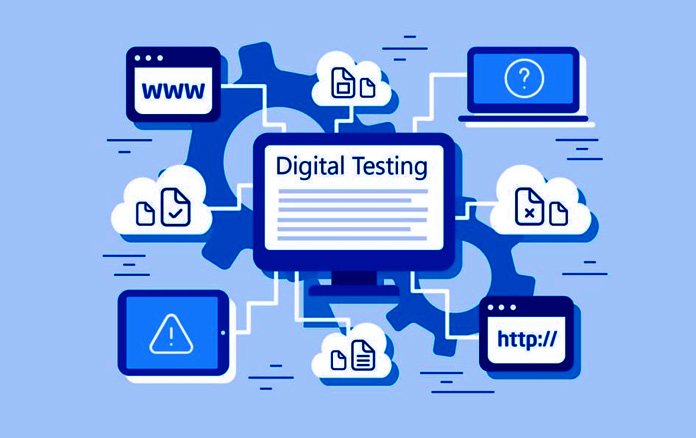
Omnichannel Tests
Due to the fact that applications communicate with a variety of interfaces (mobile, web, APIs, databases, etc. ), you will encounter gaps in test coverage if you test any of these interfaces in isolation, overlooking the intricacies of the intricate relationships between these interfaces.
Omnichannel tests cover the application’s numerous interfaces in detail, incorporating API and database tests into the validation of mobile and web UI interactions. This entails taking a test that exercises one interface and coordinating it with another – running your UI tests like Web (Selenium) or Mobile (Appium) and interlacing them with any of your API or database tests, exchanging data points from the system during test execution.
API Testing Tips for Beginners (SOAP & REST)
An API serves as the “middle man” between the layers and systems that comprise an application or piece of software. API (application programming interface) testing is carried out at the message layer, without the use of a graphical user interface. It is a component of integration testing that verifies that the APIs match the testers’ functional, reliability, performance, and security expectations.
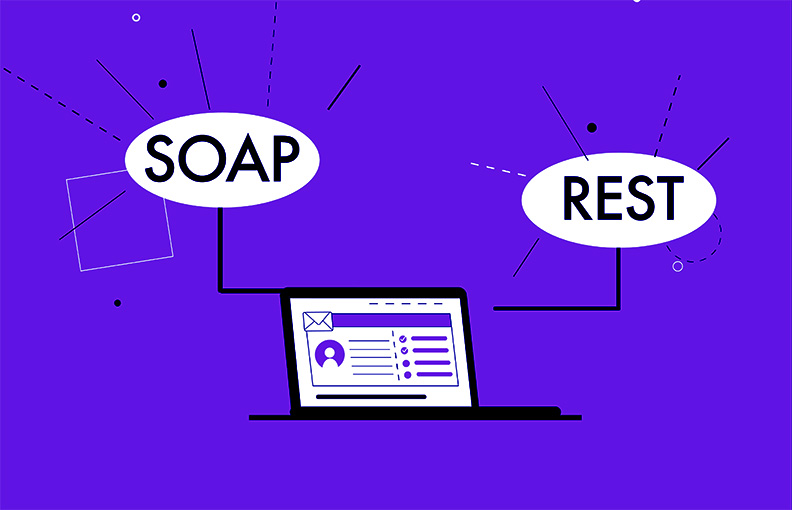
Web APIs fall into two broad categories of web services: SOAP and REST.
- SOAP (Simple Object Access Protocol) is a W3C-defined standard protocol used to transmit and receive web service request and response.
- REST (Representational State Transfer) is a web-based architecture built on HTTP standards. Unlike SOAP-based Web services, RESTful APIs lack a formal standard.
Specify the API output status. The most frequently verified API output during API testing is the response status code. New API testers are accustomed with determining whether a response code equals 200 or not in order to determine whether an API test passed or failed. This is not an incorrect validation. It does not, however, cover all test situations for the API.
In accordance with a global standard. all API response status codes are classified into five types (or categories). The actual response status code for an API, on the other hand, is set by the development teams that created the API. As a result, as a tester, you must determine whether:
- The code adheres to globally recognized standard classes.
- The requirement specifies the code.
Focus on small functional APIs. There are always some APIs in a testing project that require only one or two inputs, such as the login API, the get token API, and the health check API. However, these APIs are necessary and serve as a “gateway” to further APIs. Concentrating on these APIs first will guarantee that the API servers, environment, and authentication are all functioning properly.
Additionally, you should avoid evaluating several APIs in a single test scenario. It’s infuriating if problems occur, as you’ll have to debug the data flow generated by the API sequentially. Maintain as little complexity as feasible in your testing. Certain circumstances necessitate the use of a succession of APIs to establish an end-to-end testing flow. These tasks, however, should be performed after all APIs have been independently tested.
Organize API endpoints. A testing effort may involve the testing of a few or perhaps hundreds of APIs. We strongly advise you to categorize them for easier test management. It adds one step to the process but considerably aids in the creation of test scenarios with good coverage and integration. APIs belonging to the same category share some common characteristics, such as resource type and path.
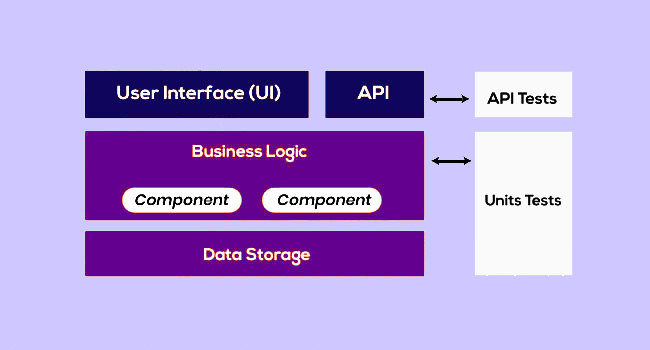
Leverage automation capability for API testing
Utilize automation as much as feasible and as early in your API testing process. Several key advantages of automated API tests include the following:
- Along with API endpoints, test data and execution history can be preserved. This simplifies the process of rerunning tests in the future.
- API tests are robust and are updated with attention. An API encapsulates a system’s business logic. Any modification to the API requires an explicit requirement; this ensures that testers are constantly aware of and able to adjust for changes in real time.
- Test execution is significantly faster than that of a Web UI test.
- API testing is referred to as black-box testing since it involves people sending input and receiving output for verification. Automation that is data-driven — that is, using multiple datasets in the same test scenario — can assist in increasing API test coverage.
- Data input and output are structured according to predefined templates or models, which allows you to construct test scripts only once. Additionally, these test scripts can be utilized throughout the testing process.
- API tests should be conducted early in the software development lifecycle. Before the actual API is established, an automation method utilizing mocking techniques can assist in validating the API and its integration. As a result, the team’s level of dependency is minimized.
Choose a suitable automation tool. A further step in leveraging API testing’s automated potential is selecting the most appropriate or a group of appropriate tools from the market’s hundreds of possibilities. Consider the following criteria while selecting an API testing automated testing tool:
- Is the tool capable of testing the API/Web service types used by your AUT (Application Under Test)? It makes no sense if the chosen tool is capable of testing RESTful services but your AUT is capable of testing SOAP services.
- Is the tool compatible with the authorization mechanisms required by your AUT services?
Choose suitable verification methods. While the response status code indicates the status of the request, the response body content contains the data returned by the API in response to the provided input. The content of an API responses varies according to the data types and size. The replies can be in any format, including plain text, a JSON data structure, or an XML document. They can be as simple as a few words (or even an empty string) or as complex as a hundred-page JSON/XML file. Create positive and negative tests. API testing entails doing both positive and negative tests to ensure that the API functions properly. API testing is a subset of black-box testing, which means that both types of testing are driven by input and output data.
Live testing process. It is strongly suggested to schedule API test executions daily while the testing process is running. Due to the speed, stability, and small size of API test execution, it is simple to include additional tests into the present testing process with no risk.
Do not underestimate API automation testing. The API testing process is relatively straightforward, consisting of three major steps:
- Send the request along with the required input data.
- Retrieve the response containing the output data.
- Verify that the response conforms to the requirement’s expectations.
Not submitting queries or receiving responses are the most touchy aspects of API testing. They are the management and verification of test data. It is pretty typical that testing a few basic APIs such as login, resource querying, and so on is quite straightforward.
API Testing Best Practices

Before you strike out on your own and begin your own API testing, here are the top ten things we want you to remember when performing API testing!
- To begin, determine the normal or expected results.
- Stress the system by doing a series of API load tests.
- Conduct a failure test. Ascertain that you comprehend how your API will fail. Simply ensure that the API consistently and gracefully fails.
- Sort test cases according to test category
- Prioritize API function calls to make testing simple and speedy for testers.
- Limit the variables in the tests as much as feasible by making them as isolated as possible.
- By hurling as much as you can at it, you may observe how it reacts to unforeseen difficulties and loads.
- Execute a well-planned call sequence
- Create test cases for all conceivable API input combinations to ensure thorough coverage.
- Wherever possible, automate.
Top API Testing Tools (for Developers)

With APIs becoming increasingly important components of software development, it is critical for developers and programmers to conduct API tests. API testing is a process that determines whether an API meets the expected standards for functionality,reliability, performance and security. And because these tests are critical, you must use the best API testing tools available. Due to the hundreds of software testing tools available on the market, we took our time compiling a list of the best API testing tools.
| Tool | Pros | Cons |
|
RapidAPI Testing RapidAPI is the largest API marketplace in the world, with more than 1 million developers and 10,000 APIs. RapidAPI Testing is a RapidAPI product that enables the development and management of comprehensive API tests from development to deployment. Tests can be executed against any type of API (including REST, SOAP, and GraphQL). RapidAPI Testing offers:
|
|
None |
| SoapUI
SoapUI is an API testing tool that is well-suited for complex test scenarios, as it enables developers to easily test REST, SOAP, and Web Services. It provides the user with a complete source framework because it is entirely devoted to API testing. |
|
|
| Postman
Postman began as a Chrome plugin and has evolved into a top-tier API testing tool. It is ideal for those who wish to test APIs without having to code in an integrated development environment (IDE) that uses the same language as developers. |
|
|
| REST-assured
Rest-assured is an excellent choice if you’re looking for a framework for testing REST services in Java. It is an open-source platform that includes a Java domain-specific language that simplifies the process of testing REST services. |
|
|
| Katalon Studio
Katalon Studio unifies the UI and business levels for different environments, providing a centralized location for developing and executing API/Web services, UI functional, and mobile testing. |
|
|
| Apigee
Apigee is another cutting-edge API testing platform. The cross-cloud API testing tool enables you to monitor and test performance, as well as create an API using other industry-leading editors such as Swagger. |
|
|
FAQs
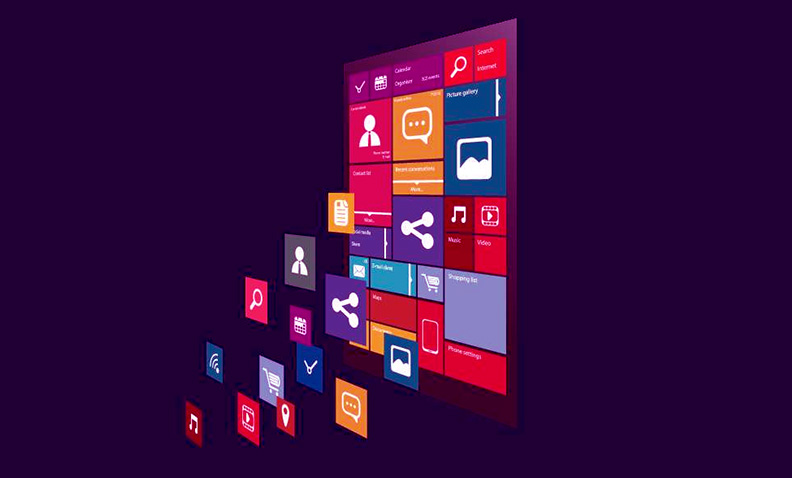
What is GUI (Graphical User Interface) Testing?
It is a distinct type of software testing that is frequently used to examine the graphical user interface features of an application or software. Typically, GUI testing is used to evaluate the design of elements or features such as:
- Text boxes
- Font size
- Font color
- Buttons
- Menus
- Links
- Layout
- Labels
- Text Formatting
- Lists
- Captions
- Icons
- Content
The primary goal of GUI testing is to validate the software’s features or the application’s performance in accordance with the given requirements/specifications.
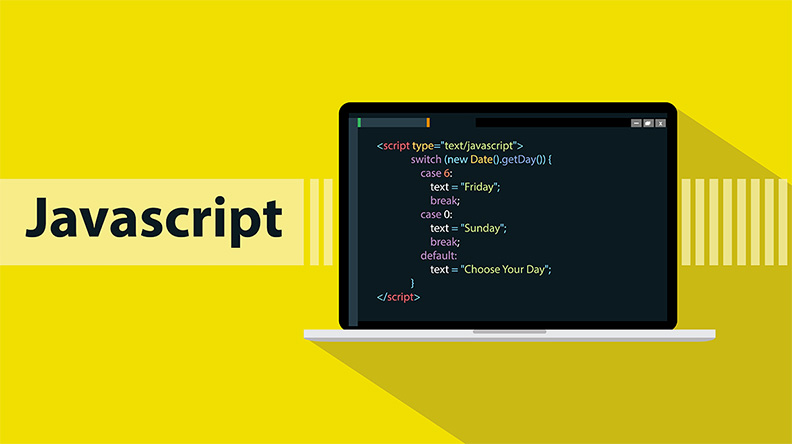
What Is JavaScript?
JavaScript is a web scripting language. It is an interpreted language, which means that unlike C or C++, it does not require a compiler to translate its code. JavaScript code is directly executed in a web browser. JavaScript collaborates with HTML and CSS to create web apps and web pages. Most modern web browsers, including Google Chrome, Firefox, Safari, Microsoft Edge, and Opera, support JavaScript. JavaScript is now supported by the majority of mobile browsers for Android and iPhone. JavaScript is in charge of the dynamic elements of web pages. It is compatible with web browsers and, more recently, web servers. JavaScript also supports Application Programming Interfaces (API), which adds functionality.

What is Fuzz Testing?
Fuzz Testing –It is a software testing technique that involves inserting invalid or random data known as FUZZ into a software system in order to detect coding errors and security flaws. Fuzz testing involves inserting data using automated or semi-automated techniques and testing the system for various exceptions such as system crashing or failure of built-in code, among other things.

